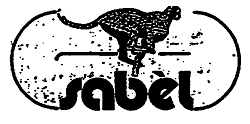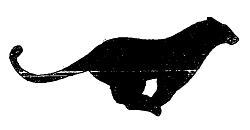EasyGroup v Premier Inn
EasyGroup lose battle with Premier Inn over ‘Rest easy’ branding in a case which demonstrates key points for trade…
In a recent decision on 26 April 2018, the EU General Court has ruled that the Argentine footballer, Lionel Messi, who plays for Barcelona, can trade mark his own name following a seven-year legal dispute (Lionel Andrés Messi Cuccittini v EUIPO; Case T-554/14).
Messi filed a trade mark application with the EUIPO for the word mark MESSI in relation to sporting goods. The EUTM application was opposed by a Spanish cycling company with the trade mark MASSI, on the basis that MESSI was too close to MASSI and that the average consumer would likely be confused as to origin of the products under the respective marks (these being sporting goods and equipment).
The EUIPO upheld the opposition and refused the application for MESSI. However, the decision was appealed all the way up to the General Court of the EU, which has now held that the EUTM application for MESSI should be granted registration on the basis that Messi is so famous a footballer that no one could be confused to the point where MESSI might be confused with MASSI. In the words of the General Court: “The football player’s fame counteracts the visual and phonetic similarities [between the marks].”
The decision in the case of MESSI does not, at first sight, appear to sit well with the seminal case of Sabel v Puma Case C-251/95, as decided by the ECJ in 1997. Sabel BV applied in Germany (through the international trade marks system) for the mark:

Puma AG, Rudolf Dassler Sport, opposed the application on the basis of its German registration for:

The goods of both parties being leather and imitation leather, products made therefrom not included in other classes; bags … in class 18.
In reaching a decision, the ECJ famously held that the more distinctive the earlier trade mark, the greater will be the likelihood of confusion. It is therefore nor impossible that the conceptual similarity resulting from the fact that two marks use images with analogous semantic content may give rise to a likelihood of confusion where the earlier mark has a particularly distinctive character, either per se or because of the reputation it enjoys with the public.
One possible criticism of the position of the court in Sabel v Puma is that, if one mark is greatly more distinctive than the other, there should not be any likelihood of confusion, as the more distinctive mark will be recognised by the consumer, whereas the less distinctive mark will not. However, this is only one aspect of the court’s decision and the position of the court in this respect has since been entrenched in trade mark law.
In the case of MESSI the position set out in Sabel v Puma would suggest that the higher distinctiveness of the MESSI mark, as held by the General Court, should have supported an argument for a likelihood of confusion, rather than the opposite. However, there are a couple of distinctions:
Overall, it would appear to be the case that the mark with the greater distinctive character will always have the stronger position in a trade mark dispute, irrespective of whether it is the later mark of the applicant or the earlier mark of the opponent, with the courts seemingly happy to argue either which way in favour of the more distinctive trade mark.
If you would like any advice on trade mark protection, please get in touch to speak to one of our attorneys.